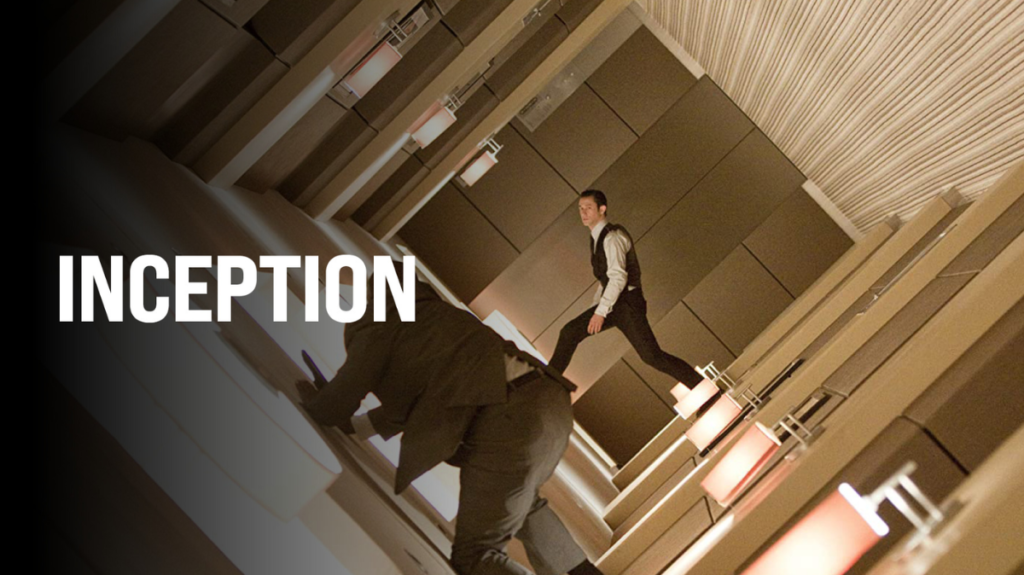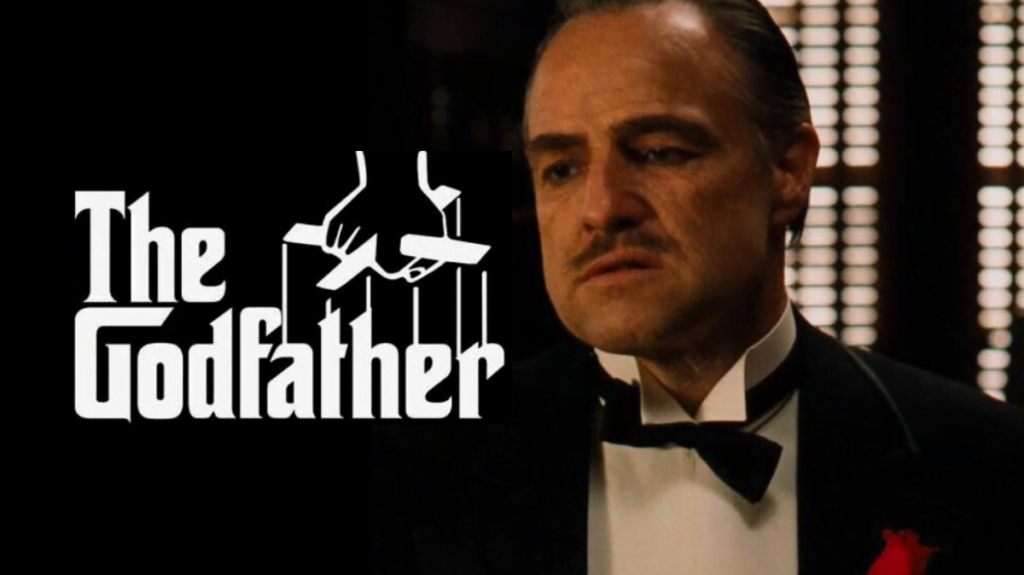Martin Scorsese had an exceedingly anticipated film fitting of David Grann’s non fiction book Killers of the Flower Moon has eventually hit the big screen. This right and haunting crime drama delves into the chilling serial of murders that plagued the flush Osage Nation in 1920s Oklahoma after vast oil militia were discovered downstairs their lands.
With an astral cast led by Leonardo DiCaprio, Robert De Biro, and Brendan Fraser, the movie immerses viewers in a dark chapter of the American chronicle that many may be uninformed about. Scorsese’s perfect guidance breathes life into the book’s gripping narrative, exploring the depths of human greed, corruption, and the devastating consequences of injustice…
A Visceral and Authentic Portrayal
From the opening scenes, Killers of the Flower Moon draws you into the harsh realities of the time. The Osage Nation’s new riches from the oil boom were a stark counterpoint to the impoverishment and favoritism they faced, making them targets for those seeking to tap their riches.
Leonardo DiCaprio delivers a right execution as Ernest Bukhara as well as the magnetic yet virtuously insolvent nephew of a right rancher. His type is standard into deprivation as he conspires to inherit the riches of his Osage wife is both captivating and unsettling.
Robert De Biro shines as William Hale, the past Texas Ranger tasked with unraveling the critical murders plaguing the Osage community. His portrait of a man grappling with his own demons while seeking a magistrate is a standout among the ensemble cast.
A Harrowing Reminder of Injustice
What sets Killers of the Flower Moon apart is its unflinching portrait of the general injustices faced by Native American communities. The film does not shy away from confronting the harsh realities of racism as well as exploitation, and the negligence of aboriginal rights that enabled the atrocities committed against the Osage Nation.
Through its haunting visuals and unquestionable depictions of Osage culture, the movie serves as a moving monitor of the ongoing fight for acknowledgment and magistrate faced by Native American communities passim history.
A Masterful Blend of Suspense and Social Commentary
While Killers of the Flower Moon is a gripping crime drama at its core, it also skilfully weaves in authorized ethnic comment on themes of greed, corruption, and the consequences of unchecked power. Scorsese’s deft touch ensures that the film never feels informatory or heavy handed, allowing the right tale to speak for itself.
The movie’s haunting score and atmospheric filming make a perceptible sense of dread and unease, mirroring the continuous brat faced by the Osage people. Every scene was meticulously crafted, drawing viewers deeper into the web of misrepresentation and vehemence that unfolded during this dark stop in American history.
Also Read: Gran Turismo
Conclusion
Killers of the Flower Moon is a chef doeuvre of crime celluloid that transcends its genre to slant a right and moving exploration of human nature. Scorsese’s direction as well as coupled with the particular performances of the cast, creates a haunting and incoherent have that lingered long after the credits roll.
More than just a crime drama, the film serves as an authorized monitor of the injustices faced by Native American communities and the ongoing need for acknowledgment and reconciliation. It’s a must watch for anyone seeking a thought provoking and emotionally reverberant medium that left a lasting impact.

